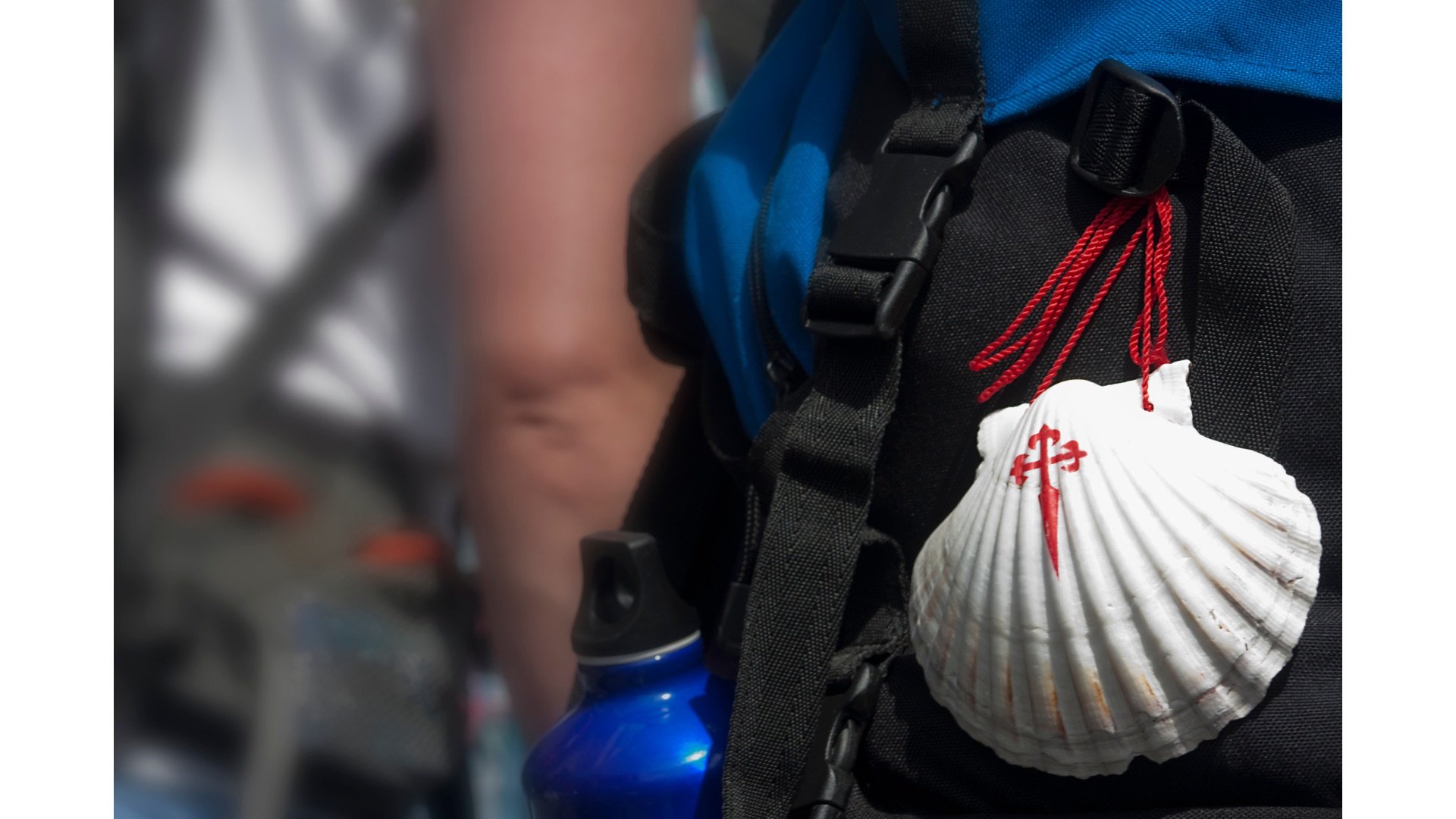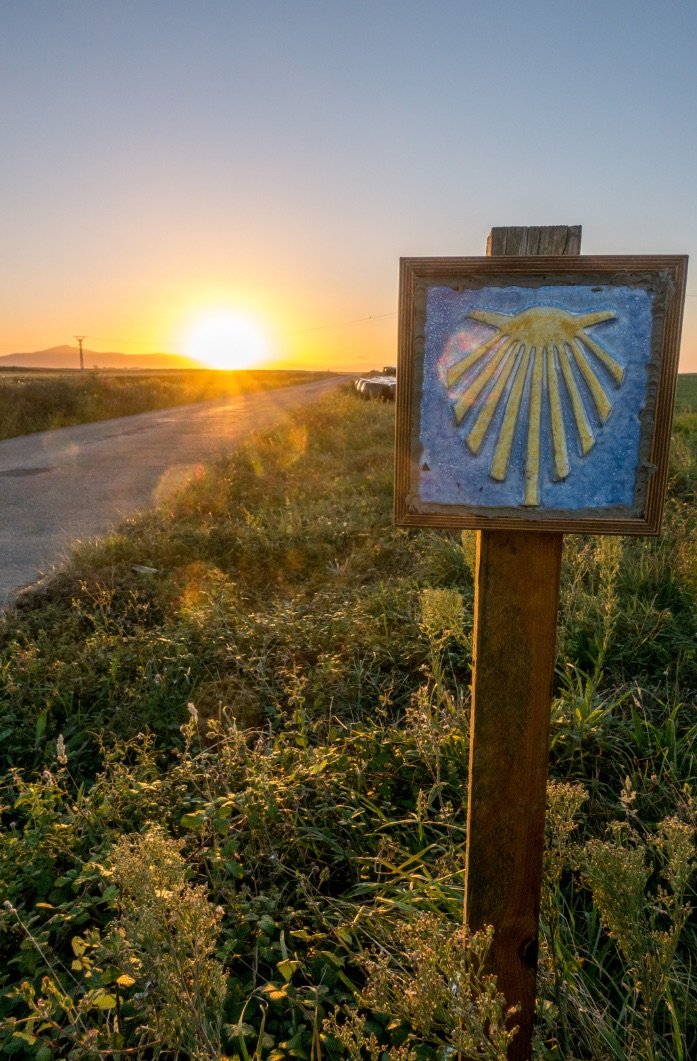The Scallop Shell: An Iconic Symbol of the Camino de Santiago
Embarking on the Camino de Santiago is a journey filled with tradition, history, and symbolism. Among the many emblems guiding pilgrims along this sacred path, the scallop shell stands out as one of the most iconic. Whether you're a seasoned pilgrim or planning your first Camino, understanding the significance of the scallop shell will deepen your connection to this ancient pilgrimage. Join us as we explore the fascinating history, legends, and practical uses of the scallop shell on the Camino de Santiago.
The Famous Scallop Shell
The Role of the Scallop Shell on the Camino
The scallop shell is one of the most recognisable symbols of the Camino de Santiago. Alongside the yellow arrow, it guides pilgrims to Santiago de Compostela through various Camino routes. You’ll spot these shells painted on trees, sidewalks, and tiles, helping you stay on the right path.
Origins of the Scallop Shell Tradition
The connection between the scallop shell and the Camino is steeped in legend. In French, it's called Coquille Saint Jacques; in German, it's known as Jakobsmuscheln (James mussels). These names hint at the deep historical ties between the scallop shell and Saint James.
Why the Scallop Shell Matters to Pilgrims
The scallop shell is more than just a symbol. Its lines represent the many paths pilgrims take from around the world, all leading to one destination: the tomb of Saint James in Santiago de Compostela. In some regions, the shell’s longest line points towards Santiago, but its true meaning is open to interpretation. The scallop shell is a reassuring sign that you’re on the right path, especially when paired with the yellow arrows marking the way.
Medieval and Modern Uses of the Scallop Shell.
In medieval times, pilgrims attached scallop shells to their cloaks or hats. The shell served as a badge and a practical tool—a lightweight bowl for food and drink during the long journey. Churches and other establishments would measure food portions for pilgrims using a scallop shell, further cementing its importance.
Today, the scallop shell remains a powerful symbol and a popular souvenir. It’s often picked up at the journey's end in Fisterra or purchased in Santiago’s bustling markets. The shell's connection to Saint James is also linked to legends, including one where the apostle rescues a knight covered in scallop shells.
The Scallop Shell's Deeper Significance
Some believe the scallop shell’s origins date back to pre-Christian times. The shell may have been a pagan symbol of fertility, and the Camino de Santiago was once a pilgrimage for couples seeking to conceive. The shell's shape also resembles the setting sun, an important symbol in ancient societies. It's no coincidence that the Camino ends in the West, at Fisterra—Finis Terrae—the "end of the world," where the sun sets.
Embrace the Legacy of the Scallop Shell on Your Camino Journey
As you walk the Camino de Santiago, the scallop shell serves as both a guide and a reminder of the rich history surrounding this pilgrimage. From its legendary origins to its practical uses by medieval pilgrims, the scallop shell connects you to centuries of tradition and faith. Whether you view it as a spiritual symbol or a treasured souvenir, the scallop shell embodies the essence of the Camino—unity, discovery, and personal growth. As you follow its path, let the scallop shell inspire and guide you on your unforgettable journey to Santiago de Compostela.
If you are interested in learning more fascinating facts about the Camino routes, check out our tours.


